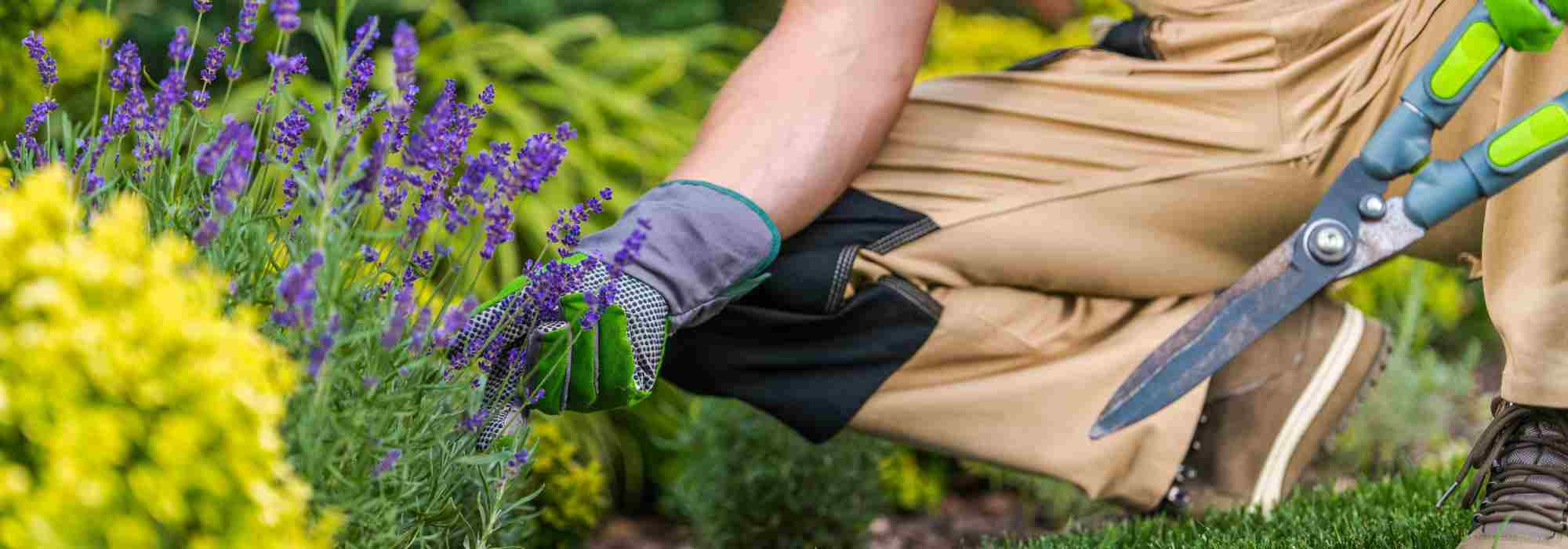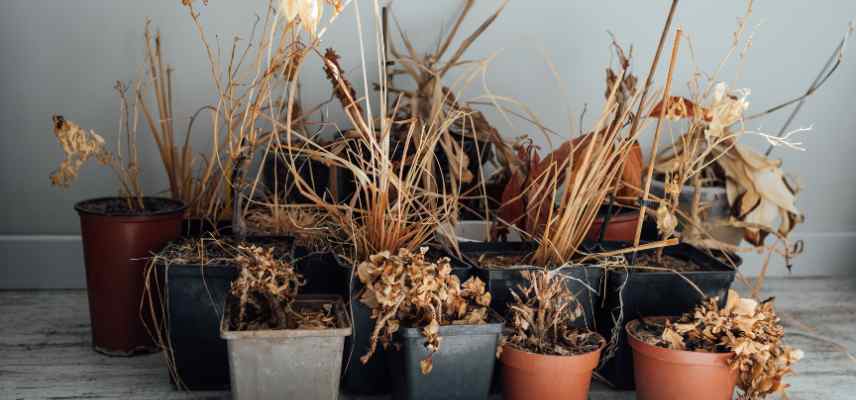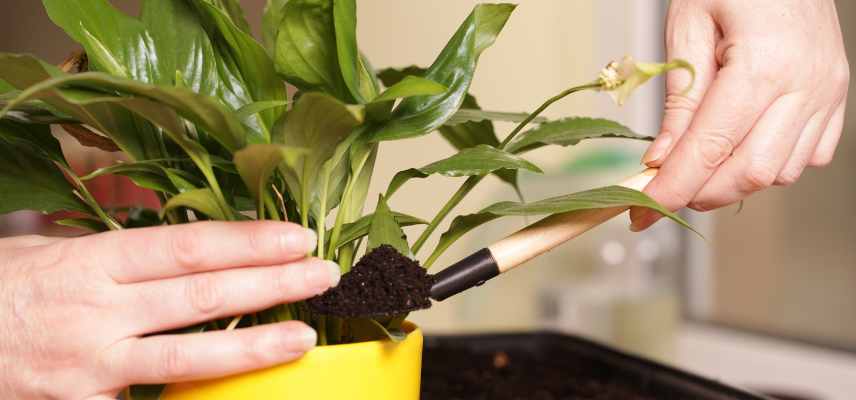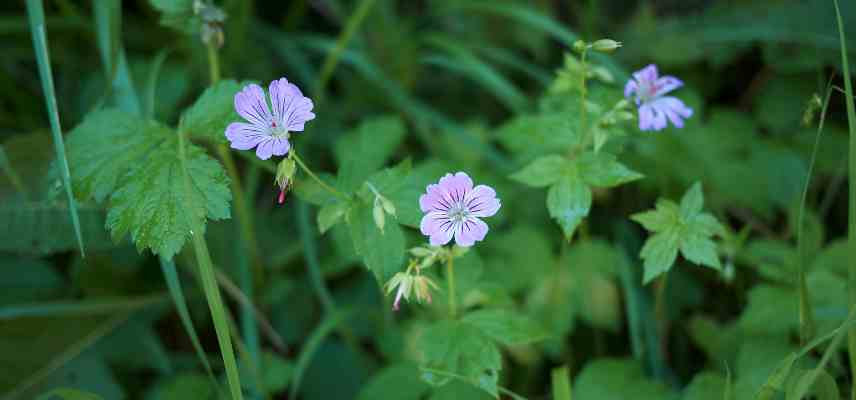
I don't have green fingers: why is that?
Put an end to this expression
Contents
Some people grow cherry tomatoes on their balcony, splendid roses in their garden, and always have a lush green basil plant in the kitchen. Almost as if they were born with a superpower, able to make everything they touch flower, while others watch their cacti or salads slowly but surely wither away without understanding why. That’s when the dreaded phrase comes up: “I don’t have green fingers.” So, myth, true gift, or curse? You don’t need gardener genes or to have grown up in the countryside. Green fingers can be cultivated, and we’ll show you how to debunk this famous phrase. Discover our tips to finally get green fingers!
Having green fingers, what does it mean?
Having green fingers means being naturally gifted at making plants grow. But be careful, it’s neither a gift nor magic! Behind this expression lies mainly a mix of observation, common sense, patience and… a love of plants. “Having green fingers” is a way of saying that someone intuitively knows what a plant needs, from the right spot to the right time to water. The expression probably comes from the idea that a gardener’s hands end up covered in green – the famous chlorophyll – from handling leaves, stems and roots.
Historically, we find the image of green associated with life, nature, and growth. The expression is thought to have appeared in the 20th century, as a nod to the very direct connection between humans and the earth. In other cultures, people sometimes talk about green fingers in English, a popular expression in the United States and the United Kingdom to describe someone who succeeds in everything they plant.
Can anyone have green fingers?
Yes. Absolutely yes. A green thumb is not an innate gift. It develops over time, through observation, and above all, the desire to understand. Most gardening failures come from a lack of information, not a “lack of talent.” You aren’t born a gardener, you become one… and often after making a few mistakes (or burying a few plants, let’s be honest).

Disaster strikes… All plants need air, light… and water!
How to get green fingers?
So, how do you actually become a pro at compost and pruning shears? No need for a botany degree or a princely garden. Just a few good habits, a bit of observation… and the desire to get your hands dirty (or in the balcony compost). Here are the basics to start cultivating that famous green thumb, step by step.
- Observe your plants: take the time to look at their leaves, their colour, their posture… they’ll show you if they’re doing well or not.
- Choose the right exposure: each plant has its light preferences. Before planting or buying, check its needs. For example, a hydrangea hates scorching full sun: plant it in partial shade, especially in the afternoon. On the other hand, rosemary or lavender love full southern exposure with plenty of sunlight.
- Respect plant hardiness: not all plants can tolerate the cold. Before planting, check if it can withstand the temperatures in your area. An oleander or a bougainvillea won’t tolerate heavy frost: it’s best to grow them in pots so you can bring them indoors in winter in colder regions. Don’t hesitate to use Plantfit, plant smart! our personalised, waste-reducing app. Learn more on the topic: How to determine a plant’s hardiness?
- Water wisely: not too much, not too little. Feel the soil, observe the foliage, and adjust your routine according to the season. A cactus or succulent plant only needs water once the soil is completely dry – overwatering is often fatal. On the other hand, a hydrangea needs soil that stays slightly moist, especially in summer.
- Plant perennials: these are hardy plants that come back every year and require less maintenance. Ideal for beginners.
- Know your soil: whether in pots or in the ground, the right substrate makes all the difference for your plants. A rhododendron won’t tolerate chalky soil: it needs acidic, light soil, like heather soil. Conversely, an olive tree thrives in poor, stony, well-drained soil.
- Take your time: gardening is also about embracing the rhythm of the seasons. A green thumb is cultivated with patience.
- Learn from your mistakes: every plant that doesn’t survive teaches you something for the next one.

Caring for plants, indoors or outdoors – they’ll reward you for it!
Our tips for (finally) getting green fingers
Now that the basics are covered, here are some simple tips to make your daily life easier, whether you have three pots on a windowsill or a proper garden corner. No magic involved, just a few green helping hands that make all the difference.
- Keep it simple at first: it’s better to have a few well-maintained plants than too many varieties you can’t keep up with.
- Opt for resilient plants: hardy geraniums, rudbeckias, sedums, or aromatic herbs like mint or thyme. They easily forgive chaotic beginnings or the occasional forgetfulness.
- Create a weekly check-up routine: a quick tour of your plants each week to check the state of the leaves, soil, light… it makes all the difference.
- Group your plants by needs: watering, light, soil type… it’s easier to manage day-to-day.
- Pay attention to containers: a pot that’s too small, without drainage holes, or poorly drained can ruin all your efforts.
- Add mulch, even in pots: it reduces evaporation, protects roots, and saves you from frequent watering.
- Keep track of your experiments: a notebook, an app, or just photos—it helps you improve and adjust from season to season.

Hardy geraniums—here, Geranium nodosum—are easy to grow, so don’t miss out
- Subscribe!
- Contents
































Comments